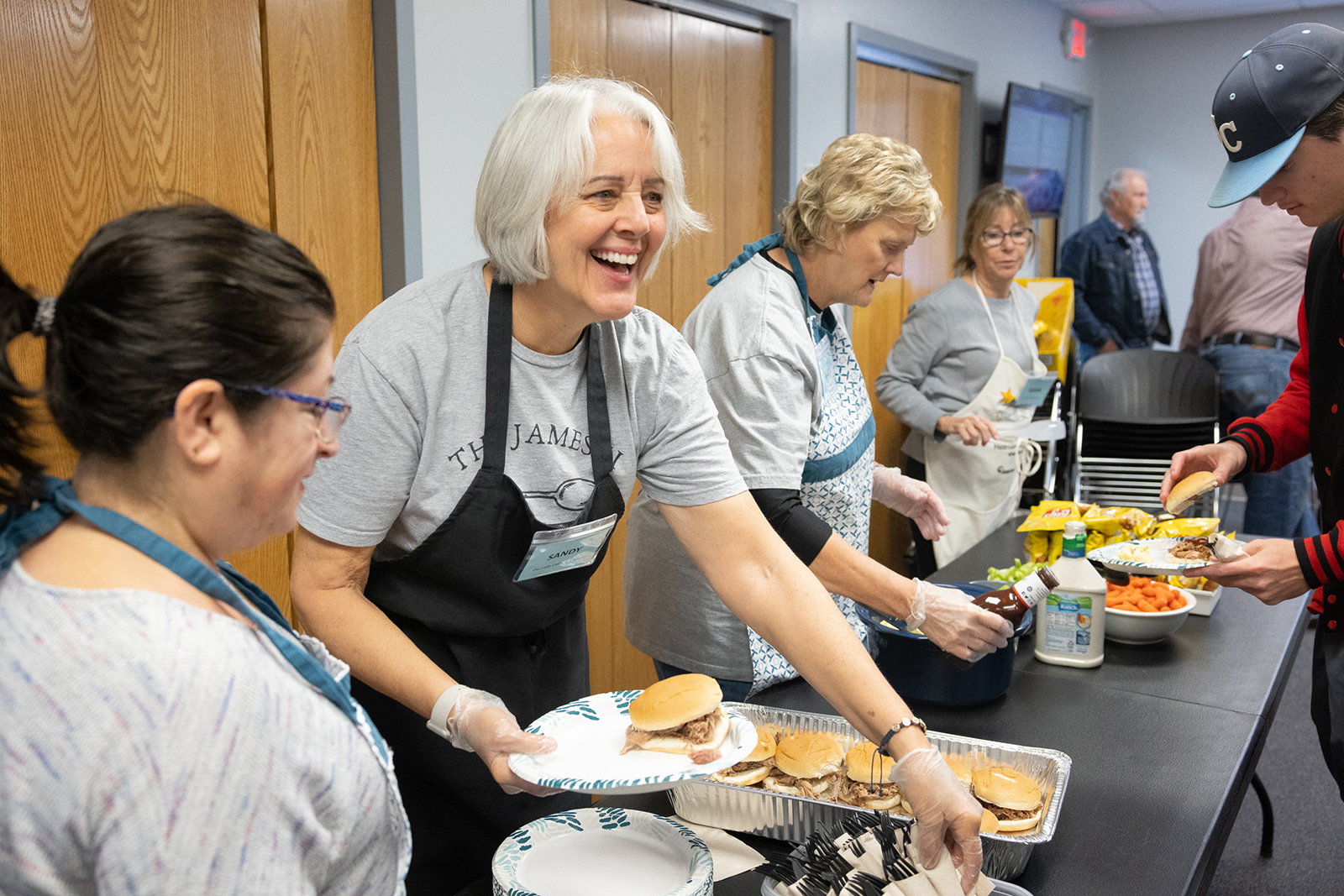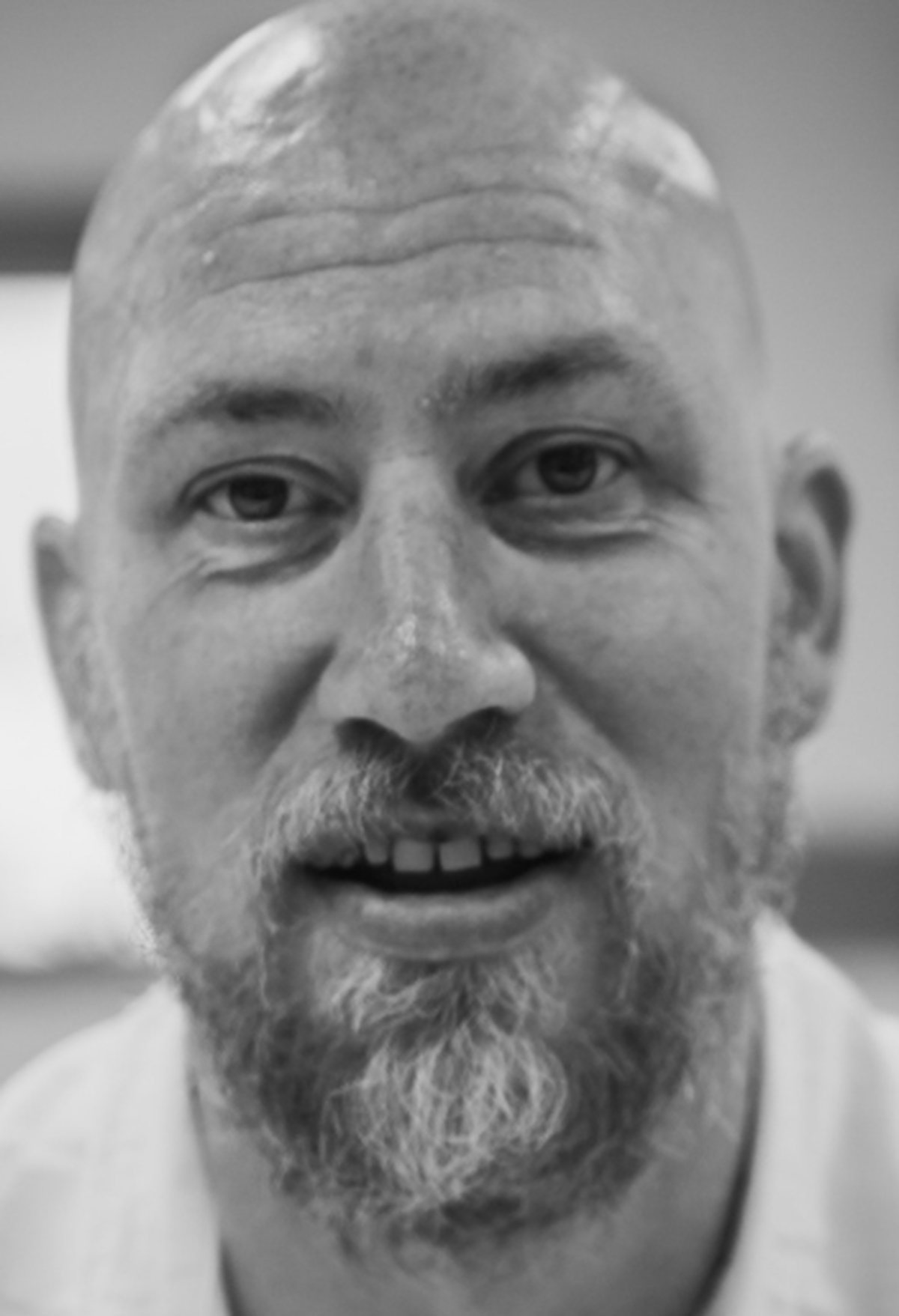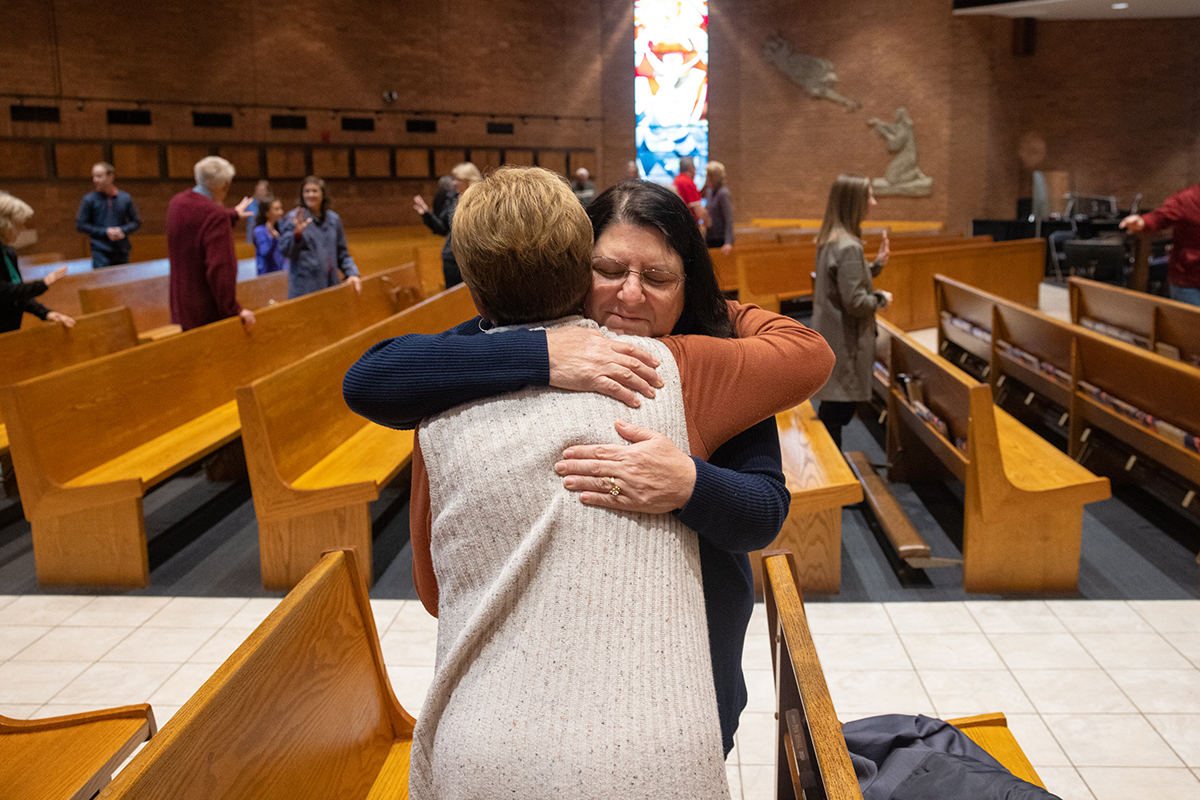What’s in a cycle-tracking app? The key is to research features, motives, said NFP educators
Marquette, Creighton are among NFP methods that include in-person instruction, app support
When Apple Watch released its latest operating system in September, along with it came a new feature called Cycle Tracking, which allows women to track their menstrual cycles and keep tabs on signs of fertility. It’s the latest in natural fertility tracking technology that’s been available in the United States for roughly the past decade.
Several local natural family planning practitioners in the Archdiocese of St. Louis have said that while it’s been good to see a surge of interest in natural fertility tracking, consumers need to research and consider whether these apps and other devices are truly serving their needs.
A 2016 study published by several health care professionals found that the majority of fertility apps are neither founded on evidence-based fertility awareness based methods (FABMs), nor were they designed for avoiding pregnancy. The study, published by Dr. Marguerite Duane and several others in the Journal of the American Board of Family Medicine, also noted that several popular apps that use their own algorithms are difficult to assess, because they haven’t been evaluated in peer-reviewed literature.
Mary Lee Barron, founder and director of Marquette Fertility Education in St. Louis, said she began downloading fertility tracking apps to test their effectiveness when they first emerged almost a decade ago. She stopped doing that after a surge in development, now with thousands of apps on the market in the United States. She said it’s important for an app to be able to predict the fertile window, she said, as well as have the option to track multiple signs of fertility, including ovulation test results, mucus, basal body temperature, and other symptoms, including spotting and premenstrual syndrome. Fewer than 10 apps on the market allow for prediction of the fertile window, Barron said.
Barron presented on the clinical use of fertility monitoring technologies at the Fertility Appreciation Collaborative to Teach the Science (FACTS) conference in Dallas in October. Her presentation included a segment on fertility tracking as a basis for examining a woman’s reproductive physiology, and diagnosis of potential disorders and treatment. She is a family nurse practitioner and associate professor with the School of Nursing at Southern Illinois University in Edwardsville.
Barron said it’s important for those who are using apps to have the ability to share data with their NFP instructor, nurse practitioner or physician so that potential fertility or gynecological issues can be identified. The Marquette Method and other Church-approved methods of natural family planning offered in the St. Louis area include one-to-one instruction from a trained educator as well as the ability to track cycles via an app.
“I tell couples learning NFP is experiential learning,” Barron said. “The other kind of experiential learning we do is driving a car. We stress the importance of having a teacher in helping you learn the method, just as you would learn to drive a car.”
In September, the Saint Paul VI Institute for the Study of Human Reproduction in Omaha, Nebraska, debuted the FertilityCare app for digital tracking of the Creighton Model FertilityCare System, another Church-approved method of natural family planning. The web-based application includes the ability to electronically chart cycles, with data stored on a HIPAA-compliant server, and communication between the client and instructor.
Alia Keys, a Creighton Model practitioner and educator with Mercy FertilityCare Services in St. Louis, and project manager for the FertilityCare app, said the decision to use a web-based application gives clients with Android and Apple devices access to the same app, updates are automatic, and couples are able to access their shared account from separate devices.
“The educational process of learning to chart is so important to method effectiveness,” Keys said. Clients obtain access to the app through their instructor and first chart three months’ worth of menstrual cycles on paper. “This leads to the outcomes that people want,” she said.
Keys said that feedback from clients has been positive so far, and the development team is working on adding new features to the app over time.
It’s important to be wary of anything that promises too much, she said of tracking apps. “Technology should be at the service of the person,” she said. “The focus of a fertility tracking app should address the individual educational needs of women and couples. We need to first teach women to track their cycles and then give them the technology do it well.”
Learn NFP

The archdiocesan Office of Natural Family Planning provides information on five models of natural family planning, which are taught at numerous Catholic hospitals and at parishes. Those models include the Billings Ovulation Method, Creighton Model FertilityCare Services, Marquette Model, Couple to Couple and SymptoPro Fertility Education.
For more information on natural family planning, including locations where NFP is taught, call the Office of Natural Family Planning at (314) 997-7847 or visit archstl.org/natural-family-planning.
When Apple Watch released its latest operating system in September, along with it came a new feature called Cycle Tracking, which allows women to track their menstrual cycles and keep … What’s in a cycle-tracking app? The key is to research features, motives, said NFP educators
Subscribe to Read All St. Louis Review Stories
All readers receive 5 stories to read free per month. After that, readers will need to be logged in.
If you are currently receive the St. Louis Review at your home or office, please send your name and address (and subscriber id if you know it) to subscriptions@stlouisreview.com to get your login information.
If you are not currently a subscriber to the St. Louis Review, please contact subscriptions@stlouisreview.com for information on how to subscribe.






